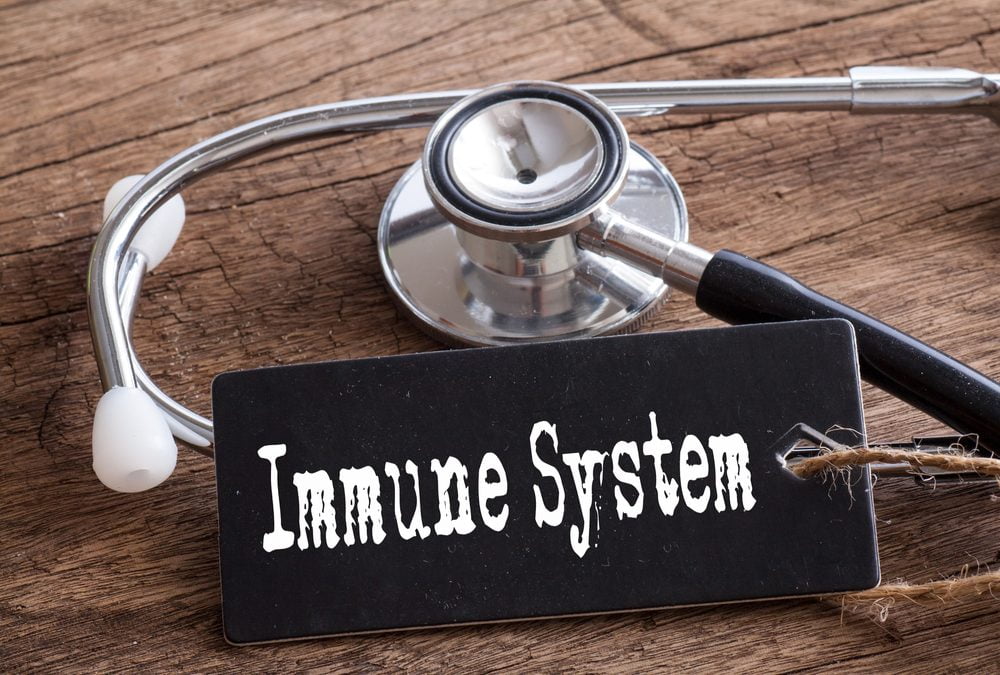Omega-3s (EPA & DHA) are often called “anti-inflammatory,” but their real superpower is balance. Infections kick off a complex, two-part immune response—an immediate “innate” attack and a targeted “adaptive” follow-up—and omega-3s help keep that response effective without letting it spiral.
From Firefight to Fix-Up: Why Resolution Matters
After the initial immune “attack,” your body must actively resolve inflammation and repair tissue. That cleanup crew is powered by specialized pro-resolving mediators (SPMs)—compounds your body makes from omega-3s. Higher EPA+DHA availability = more raw material for SPMs, which:
-
help shut down excess inflammation,
-
clear debris,
-
and guide return to normal function.
In human studies, people taking higher daily doses of EPA+DHA produced more SPMs for at least 24 hours after an induced inflammatory challenge—evidence that omega-3s support both the front line and the follow-through.
“Too Little” vs “Too Much”: Finding the Sweet Spot
Cell membranes reflect your omega-3 status, which you can measure with the Omega-3 Index (RBC EPA+DHA %).
-
Too low (<4%): common in Western diets; linked to a tendency toward excess, damaging inflammation.
-
Optimal (8–12%): the practical target supported by cardiovascular data and aligned with many broader health benefits.
-
Very high (>12%): uncommon and not well studied; we don’t yet know if there’s a downside at the upper extreme.
Bottom line: aim for 8–12%—enough to fuel resolution without dulling necessary defenses.
About Those “Omega-3s Weaken Immunity” Headlines
A few older studies get cited to argue omega-3s suppress immunity—for example:
-
A lab study where EPA appeared to reduce natural killer (NK) cell activity in vitro.
-
A long fish-rich diet trial noting some immune parameters decreased.
Context matters:
-
Single-cell or test-tube results ≠ whole-body immunity. The immune system is a network; changing one dial doesn’t tell you the net effect.
-
Modulating an overactive response can be protective. Inflammatory diseases respond to calming signals; that’s not the same as leaving you defenseless.
-
Human outcomes depend on dose, baseline status, and total diet. That’s why measuring your level is so useful.
Practical Steps
-
Eat fatty fish (salmon, sardines, herring) 2–3×/week or use a quality fish/algal oil to bridge gaps.
-
Test, don’t guess. Use the Omega-3 Index to see where you are, then adjust intake to reach 8–12% and re-test.
-
Keep the basics: sleep, movement, stress management, hand hygiene—all still matter.
We don’t yet know precisely how omega-3 status maps onto the severity of specific viral illnesses, but the physiology is clear: EPA and DHA help your immune system respond well, then stand down. Nourish that balance, and you support both the fight and the recovery.




